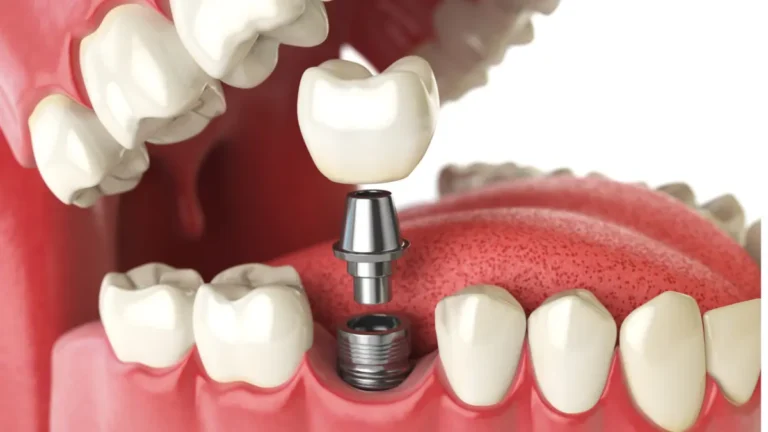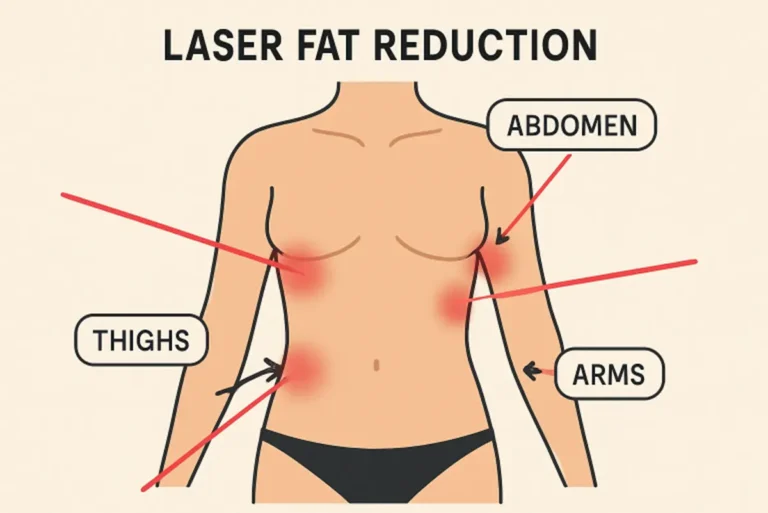Micromolding Medical Devices for Reliable Cryogenic Performance in IVF
In vitro fertilization (IVF) is a delicate, high-precision medical process where every component involved must perform flawlessly—especially when it comes to cryopreservation. From preserving embryos and oocytes to storing reproductive cells long-term, the tools used in IVF must ensure safety, reliability, and biological integrity. Among these, cryogenic carriers are vital. But as IVF technology advances, the demand for even more compact, biocompatible, and precisely manufactured carriers has grown. That’s where micromolding enters the picture.
Micromolding, a specialized form of injection molding, is enabling the production of next-generation IVF devices with exact tolerances and consistent quality. This technology is particularly valuable in producing thin-wall cryo carrier, which require ultra-fine features and structural stability in extreme cold.
Why Precision Matters in Cryogenic IVF Tools
Cryopreservation in IVF involves storing biological material at temperatures as low as -196°C using liquid nitrogen. At these temperatures, even a minor design flaw in a carrier could jeopardize the entire sample. A successful cryo carrier must maintain its shape, seal properly, and avoid any material breakdown over time. It must also be easy to handle, label, and identify—especially in fast-paced lab settings.
What makes this more challenging is that cryo carriers are incredibly small—often less than a few millimeters in thickness—and must hold delicate cells without contamination. This is where micromolding becomes indispensable.
What Is Micromolding?
Micromolding is an advanced manufacturing technique designed to produce small, complex plastic components with micron-level precision. It differs from traditional injection molding in its ability to handle extremely fine details, thin walls, and tight tolerances—all essential for cryogenic IVF devices.
Using high-performance polymers such as polycarbonate, COC (cyclic olefin copolymer), and medical-grade polypropylene, micromolding allows engineers to create durable, biocompatible components suitable for long-term cryostorage. These materials are chosen not only for their strength but also for their clarity, resistance to thermal shock, and compatibility with sterilization methods.
The Role of Micromolding in IVF Device Innovation
IVF laboratories require tools that are not only reliable but also scalable and easy to manufacture. Micromolding meets these needs by allowing manufacturers to produce large volumes of identical parts with minimal variation. This consistency is critical for regulatory approval and patient safety.
Moreover, the design flexibility of micromolding means that engineers can incorporate useful features directly into the mold—such as locking mechanisms, sample ID tags, or ergonomic grips. These features reduce the need for assembly and human error while improving usability in fertility labs.
For instance, a thin-wall cryo carrier, which might include an integrated sealing lip or retention ring, can be molded in one precise operation using micro injection molding techniques. This not only enhances performance in extreme temperatures but also simplifies the production process and improves repeatability.
Benefits for IVF Clinics and Patients
For fertility clinics, micromolded cryo devices translate to better workflow, more reliable sample handling, and improved outcomes for patients. The consistency of micromolded carriers reduces the likelihood of contamination or mechanical failure—two of the most critical risks in embryo and oocyte preservation.
Patients benefit indirectly through higher IVF success rates and the confidence that their stored samples are being preserved with state-of-the-art technology. As IVF procedures become more common globally, the scalability and affordability of micromolded medical devices also make advanced fertility care more accessible.
Looking Forward: Smart Cryo Tools and Automation
Micromolding is also paving the way for smart cryogenic tools that integrate RFID tags, QR codes, or temperature sensors directly into the carrier body. These advancements are especially promising for large fertility centers and cryobanks managing thousands of samples.
With automation increasing in IVF labs, compatibility between micromolded carriers and robotic systems will become more important. Micromolding’s ability to maintain tight tolerances ensures that carriers work seamlessly with automated handling, freezing, and tracking systems.
Final Thoughts
As IVF technology evolves, so does the need for tools that support safety, consistency, and innovation. Micromolding stands out as a key manufacturing process enabling the production of cryogenic devices that meet the rigorous demands of modern fertility care. Whether it’s creating a thin-wall cryo carrier that won’t crack under extreme cold or using micro injection molding to reduce variability and boost performance, this technology is helping clinics deliver more reliable outcomes—and giving patients a better chance at building a family.
Also Read-Decluttering for a Healthier Home: Safe and Smart Ways to Remove Household Junk






